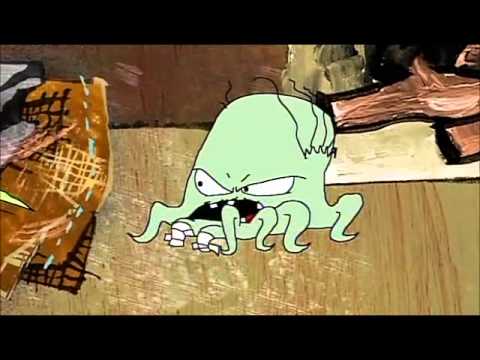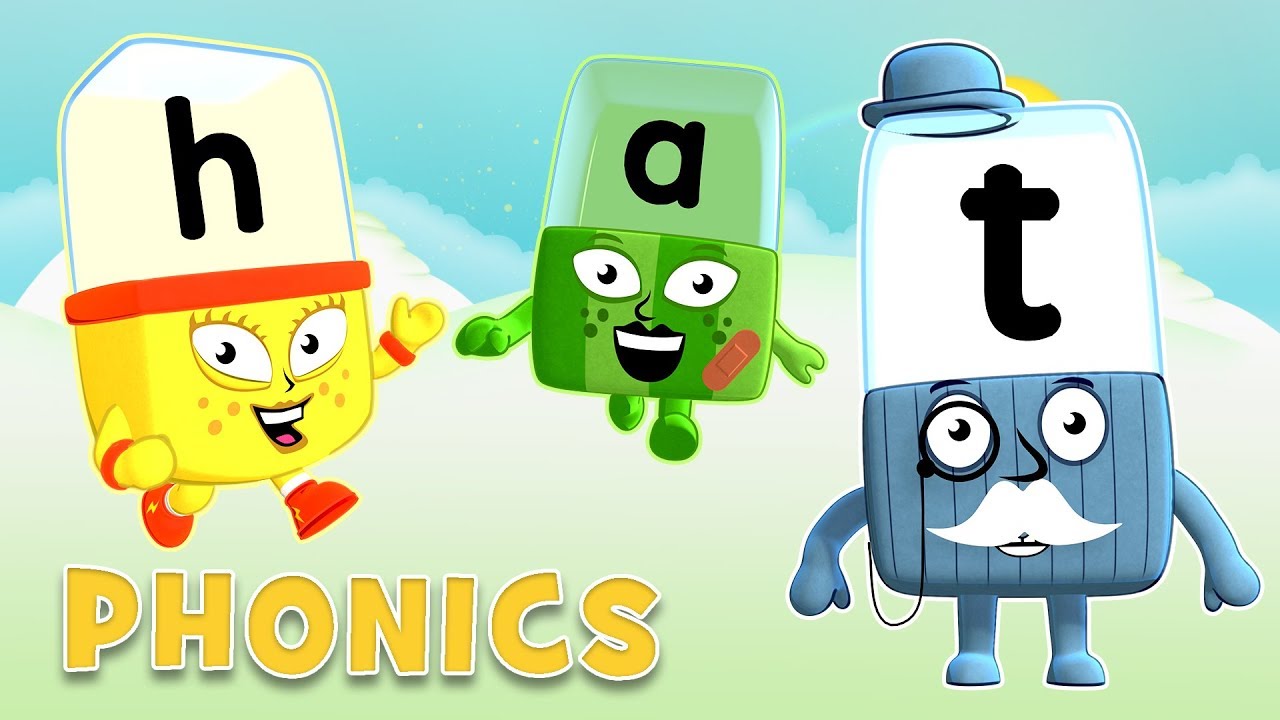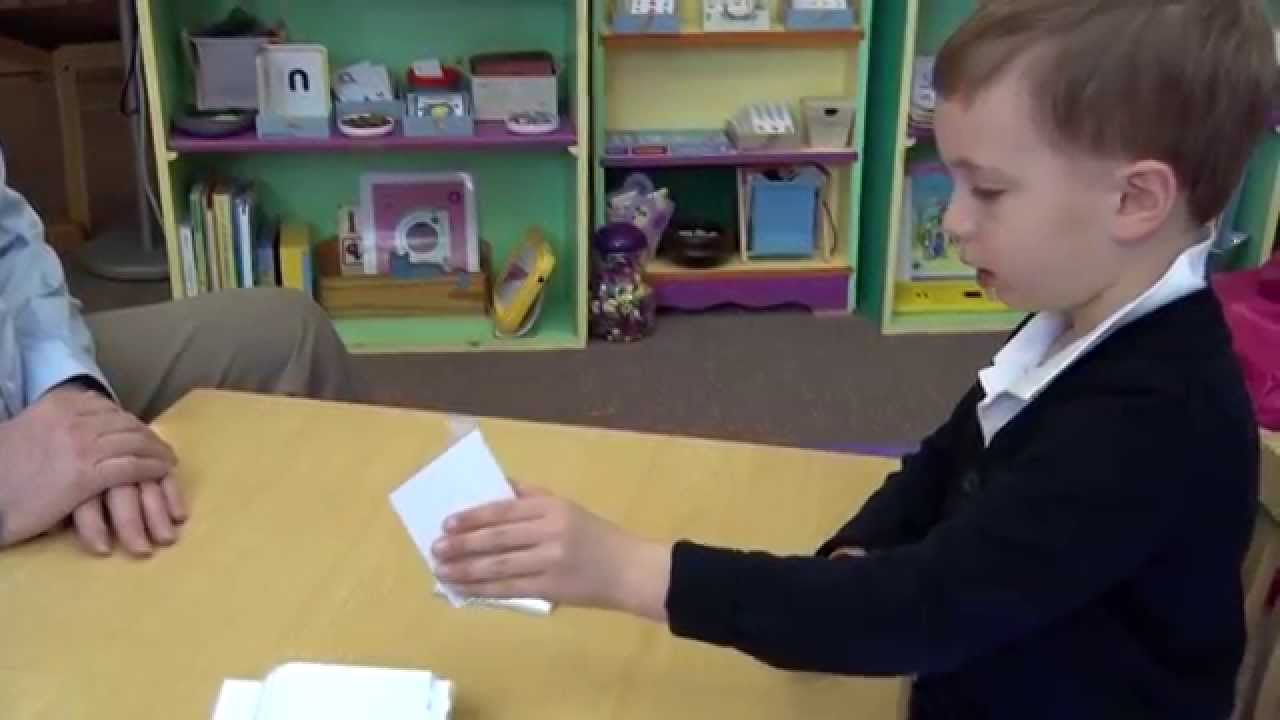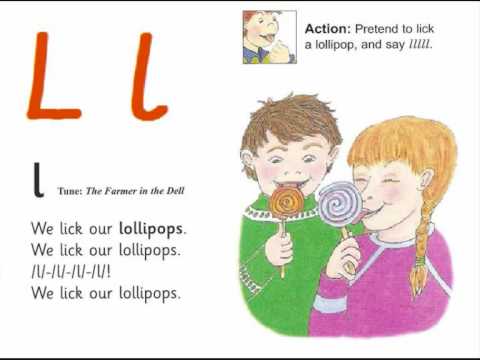Phonics – Using Letter Teams | Learn to Read | Alphablocks
For more phonics learning videos subscribe: http://goo.gl/TIhdyN
The Alphablocks are using letter teams to learn how to read and spell! The Alphablocks make phonetic spelling so much fun!
Alphablocks is the hit CBeebies TV show that’s helping hundreds of thousands of children learn to read. The Alphablocks are 26 living letters who discover that whenever they hold hands and make a word, something magical happens.
source
Early Reading — Letter Sound Recognition
Randall Klein of Early Reading Mastery works with a student at Fun Way Learning Center
Jolly Phonics Phase Two
How does your child master phonics, from learning letter sounds to reading fluently? When your child starts school, phonics becomes a big part of everyday life, transforming them from a non-reader to a child who is capable of reading fluently and spelling. Jolly Phonics is a program designed to help children learn the name and sounds of letters. I have put together all the Jolly Phonic songs from Phase Two, which consists all the letter sounds from A-Z apart from Q as it is a tricky sound and is part of Phase Three as ‘qu’. Before children can read or start to read they need to have some understanding of letter sounds and this is a fun way of learning them.
“But How Do The Kids Learn To Read?”
“But how do they learn to read?”
Parents sometimes send their kids to playschool and often doubts how their children learn how to read through play-based education. We are definitely that play is a vital milestone for young kids, at least to a certain degree, they’re not trolls, but they can’t put up the pieces of the puzzles that the ideas. That most of the kids mostly that are left to their own devices, will actually learn to read without our supervision.
First of all, from a purely developmental perspective, preschool-aged children should not be expected to be reading. This isn’t to say that some preschoolers don’t teach themselves to read. Some know how to read at the age of 2. Parents might worry, but the truth is that it all falls well within the range of “normal.” The research on reading indicates that the natural window for learning to read extends to as late as 11 years old!

Studies have compared groups of children . . . who started formal literacy lessons at ages 5 and 7 . . . (T)he early introduction of formal learning approaches to literacy does not improve children’s reading development, and may be damaging. By the age of 11 there was no difference in reading ability level between the two groups, but the children who stared at 5 developed less positive attitudes to reading, and showed poorer text comprehension than those children who had started later.
Their recommendation is that the best “academic” education for children under seven is the sort of “informal, play-based” environment we offer at Woodland Park because that is how […]





